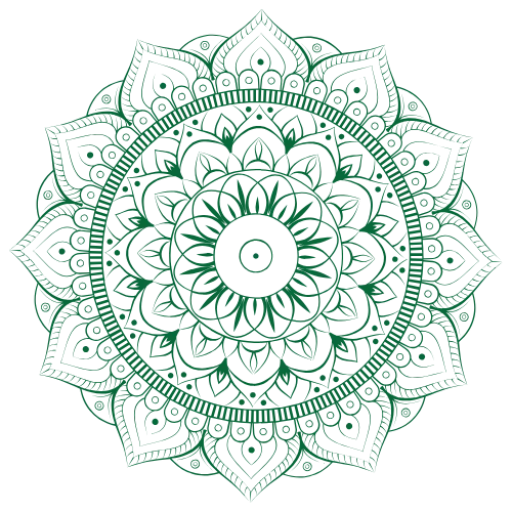Strong developed ‘glutes’ not only look nice in yoga pants, there is a good reason why we would want to train our gluteus maximus. Today Anna-Carin, massage therapist and anatomy teacher at Parimukti, hold a workshop about the importance of a well developed gluteus  maximus muscle.
maximus muscle.
Where to find the gluteus maximus
Quick review about the where-and-ab0uts of the gluteus maximus. The gluteus maximus, together with the gluteus medius and minimus makes up the buttocks. It is the muscle laying most superficially and makes up most of the shape of our beautiful behinds. The glut maximus origins posteriorly at the crest of ilium and the side of the coccyx and its fibers run obliquely downward and lateralward. The gluteus maximus has two insertion: (1) the upper and larger portion of the muscle end in a thick tendinous structure, which passes across the greater trochanter (head of the femur (thigh bone)), and inserts into the iliotibial band of the fascia lata; (2) the deeper fibers of the lower portion of the muscle are inserted into a ridge on the femur (the gluteal tuberosity.
The gluteus maximus is the main extensor for the hip joint and can result in swinging the leg back, or bringing the torso in an erect position after stooping. The upper fibres can abduct the hip joint, while the lower fibres are adductor and external rotators.
Weak gluteus maximus
In the workshop we discussed the case when somebody has a weak gluteus maximus and how to treat this in a yoga therapy setting. First of all, usually people don’t know they have a weak gluteus maximus muscle, they will come with another complaint. Common complaints can be pain in the lower back, pain on the lateral, inferior side of the knee (‘runner’s knee’), or very tight hamstrings. A weak gluteus maximus, or imbalance between the right and left side should be part of your differential diagnosis (aka the potential causes for the complaint). Other reasons could be stress, other musculo-skeletal related issues like leg length discrepancy, etc.
differential diagnosis (aka the potential causes for the complaint). Other reasons could be stress, other musculo-skeletal related issues like leg length discrepancy, etc.
Gluteus Maximus Test
During the session and talking with the client it should become clear to you if weak/imbalanced gluteus maximus is contributing to the complaints and the following test is great to rule out or confirm. 
- Let the client lay on her stomach, fully relaxed
- Place your thumb on her buttocks (ask for permission!!) and index finger on the hamstring
- Place the finger tips of the other hand in the muscles of the spine (erector spinae) on the opposite side
- Ask the client to slowly raise one leg
- Assess in which order the muscles (glut max, hamstring, erector spinae
The right/healthy order of activation should be:
- Gluteus maximus (as this is the main and most effective extensor)
- Hamstring
- Erector spinae
If you notice that the hamstring is contracting first this will give you a clue to work on strengthening the gluteus maximus.
How to get those nice yoga buttocks?
There are a few very beautiful exercises to train the gluteus maximus:
- First of all you can do the clamshell which is actually not a typical yoga asana: lay on the side, knees bend and to one side. Slowly lift the top knee while keeping the toes connected –> feel and check if you are contracting the glut max
- Lay on the floor prepared to do bridge pose. Put a belt around the legs and press the knees against the belt. Then lift the buttocks up and become aware and feel that you are contracting the buttocks and relaxing the hamstrings
- This one is nice as you can do it anytime: whenever you walk, at the moment before lifting the back toes from the floor contract your glut maximus on that side
You can simply include this in your daily life and yoga asana practice, which is why i love this one.
Address: Parimukti Yoga Center, Kanira Homes,
Girkarwaddo, End of Magic Park Road,
Arambol, 403524,
Goa, India
Phone: +919637521278
Email: info@parimukti.com
Website: https://parimukti.com/
Yin Yoga Training Goa | 200 Hour Yoga Teacher Training Goa | Meditation Teacher Training Goa
